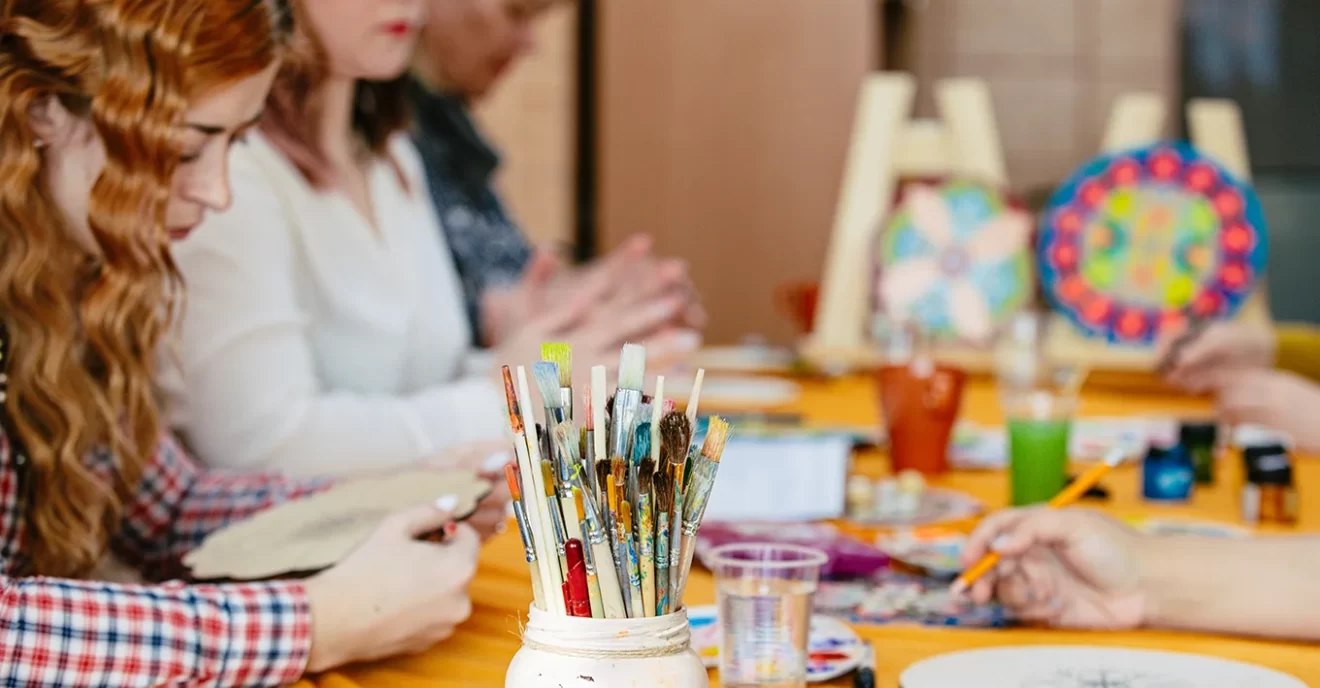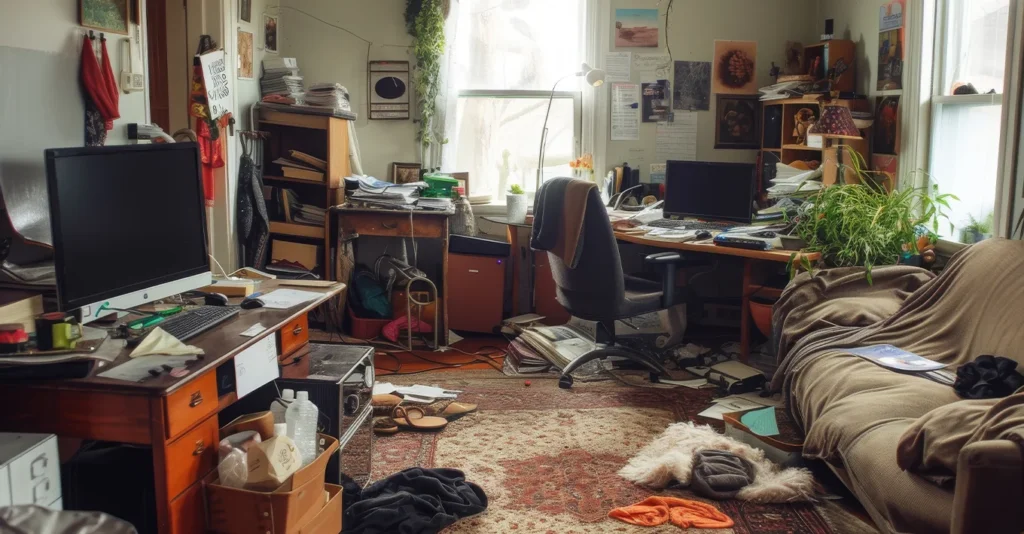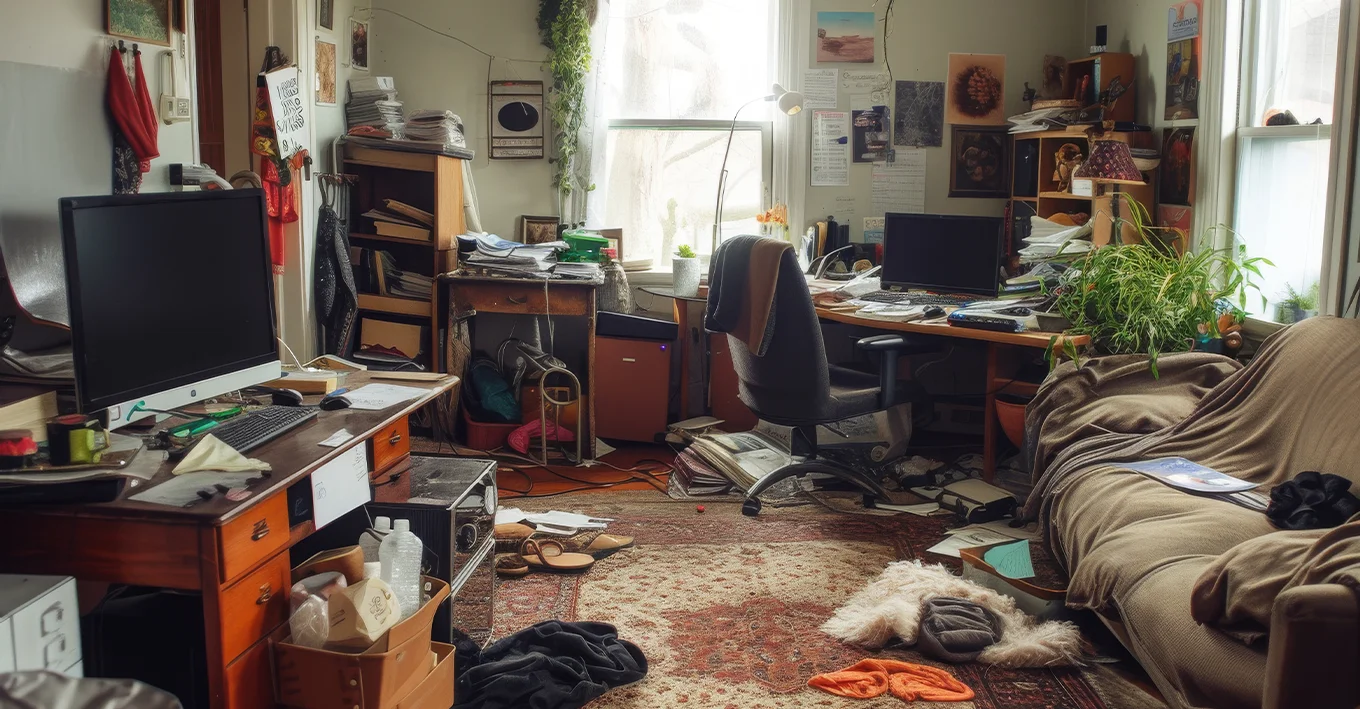In today’s fast-paced world, stress, anxiety, and emotional struggles have become common companions for many. Finding effective outlets to cope with these challenges is important for maintaining mental well-being.
Engaging in artistic activities can be a powerful form of therapy, offering a range of benefits for emotional and mental health.
Let’s explore how art serves as a therapeutic outlet and how you can incorporate it into your life.
Expression Beyond Words
Not everyone finds it easy to express their feelings verbally. Art provides a non-verbal means of expression, allowing individuals to communicate their emotions, experiences, and innermost thoughts through colours, shapes, and forms. Whether it’s painting, drawing, sculpting, or any other form of creative expression, art allows individuals to externalise their internal struggles in a touchable and visible way.
Stress Reduction
Engaging in art can act as a form of meditation, providing a much-needed escape from the chaos of everyday life. Focusing on the creative process helps to shift attention away from stressors, promoting relaxation and mindfulness.
Emotional Release
Bottling up emotions can be detrimental to mental health. Art offers a safe space for emotional release, allowing individuals to channel their feelings constructively. Whether it’s anger, sadness, or frustration, expressing these emotions through art can provide a sense of relief.
Self-Discovery and Reflection
Engaging in artistic activities encourages self-reflection and introspection. As individuals immerse themselves in the creative process, they may uncover insights about themselves, their values, and their experiences. Art can serve as a mirror, reflecting back aspects of the self that may have been hidden or overlooked.
Building Resilience
Dealing with setbacks and failures is an inevitable part of life. In the creative process, mistakes are not seen as failures but as opportunities for growth and learning.
Connecting with Others
Art has the power to foster connections and create a sense of community. Whether it’s through attending art classes, participating in group exhibitions, or sharing work online, individuals can connect with like-minded individuals who share their passion for creativity.
These connections can provide support, encouragement, and validation, reducing feelings of isolation and loneliness.
Mindful Engagement
Art encourages individuals to be present in the moment, engaging all their senses in the creative process.
Whether it’s feeling the texture of clay between their fingers or observing a painting, art invites individuals to appreciate the beauty and complexity of the world around them.
How to incorporate art into your life
– Start Small
You don’t need to be a professional artist to benefit from art therapy. Begin with simple activities such as colouring, doodling, or collage-making.
– Experiment
Don’t be afraid to explore different mediums and techniques. Allow yourself to play and discover what resonates with you.
– Create Regularly
Set aside dedicated time for artistic expression, even if it’s just a few minutes each day. Consistency is key to reaping the therapeutic benefits of art.
– Be Gentle with Yourself
Remember that the goal of art therapy is not perfection but self-expression and exploration. Embrace mistakes and imperfections as part of the creative process.
– Seek Support if Needed
If you’re struggling with emotional challenges, consider seeking the guidance of a trained art therapist who can provide personalised support and guidance.
In conclusion, art is a powerful tool for healing, offering a number of benefits for emotional and mental well-being. Whether you’re dealing with stress, anxiety, or simply seeking a means of self-expression, incorporating art into your life can be a transformative journey of self-discovery and healing.
So pick up that paintbrush, sculpting clay, or sketchpad, and let your creativity guide you on the path to healing and self-discovery.









